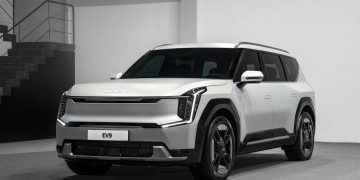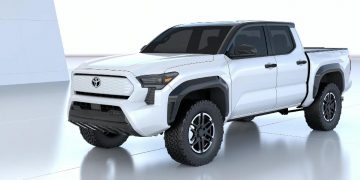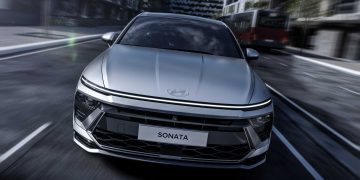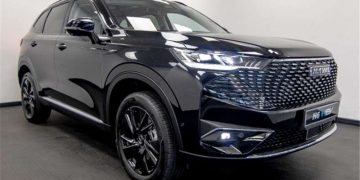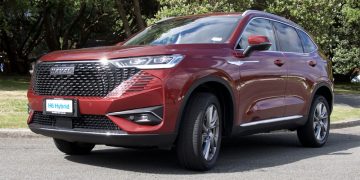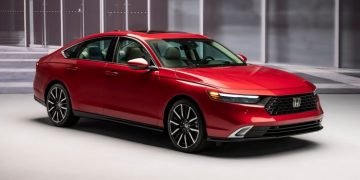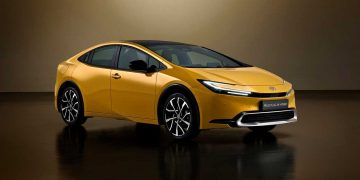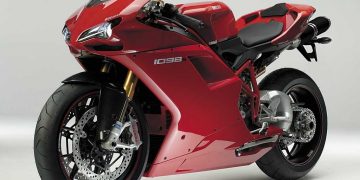As a car owner. You must maintain your car both internal and mechanical functions but also external appearance. You must be sure that the car’s internal mechanical operations are working and that the outside of the vehicle is looking appealing. Car enthusiasts believe that one of the essential factors that improve the aesthetic of a car is shine and glint. When you drive, the car can be affected by the dust and dirt elements that can detract from the appearance of your vehicle, which might lower its value. As a result, several automotive specialists have devised various strategies to avoid such unsightly scratches on vehicles. Glass coating and ceramic coating are two of these options. In this article, we will discuss the difference between the glass coating and ceramic coating, and the pros, and cons of both the coating option for your car ceramic coating and glass coating.
Glass Coating and Ceramic Coating: what’s the Difference?
There is a significant difference between a ceramic and a glass coating at the atomic level. Different attributes are produced by structural differences or arrangements. The atoms are arranged dynamically in the silica glass coating. On the other hand, the atoms are in a more orderly structure in the ceramic coating. Both glass and ceramic coatings can form a strong connection with the car’s paint and are impossible to remove using conventional procedures.
Glass Coating:
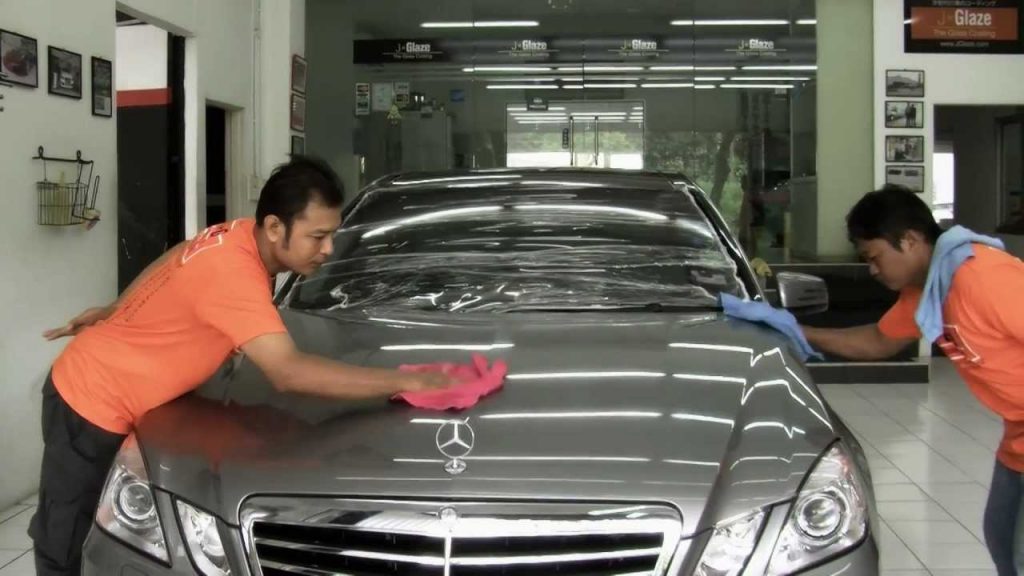
Glass coating is also called SiO2 or silica. It is basically a liquid glass layer that is primarily made of silicon dioxide (SiO2). SiO2 is the main component that produces a glass layer on the car surface. Glass Coating chemically interacts with hydrogen and oxygen on the surface. It is a ceramic layer that preserves your vehicle’s paint as highly robust and lasting. This silicon dioxide (SiO2) does not react with the paint or adhere to it. The paint and glass coating are joined together with resin technology through which silicones adhere to the paint.
Ceramic Coating:
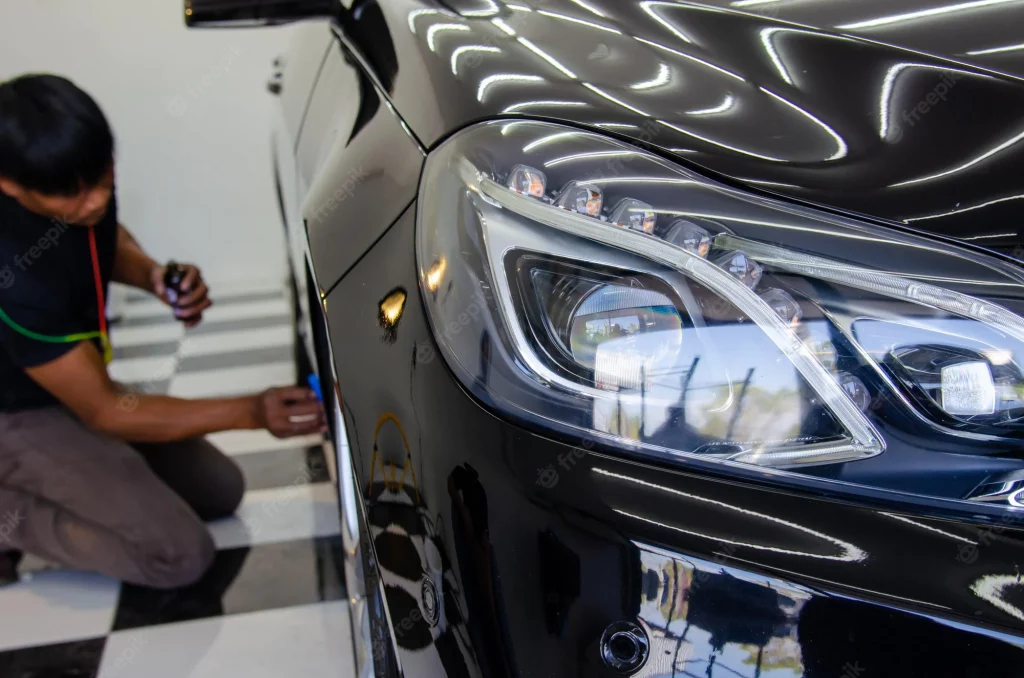
A chemical polymer solvent that is coated to the exterior of a car to protect it from external paint damage is known as ceramic coating. It’s normally applied manually and blends in with the paint of your car, providing an additional layer of hydrophobic protection. Ceramic Coating is known as SiC, silicon, and carbon, or silicon carbide. SiC is a reactive material with a higher hardness than SiO2. The significant benefit of this is that the coating does not need to apply any resin because the paint will stick directly to it and provide a stronger bond.
Benefits of Glass and Ceramic Coating:
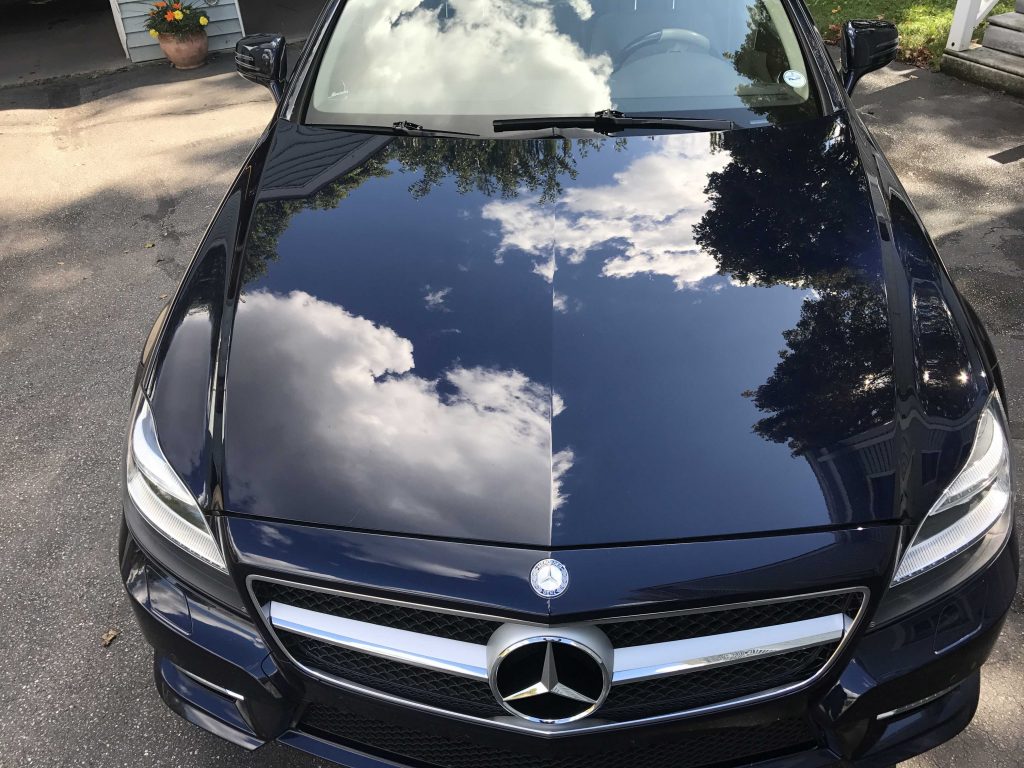
There is a number of benefits of glass and ceramic coating. Each coating has its own distinct features and performs according to them. Ceramic coating and glass coatings can both provide a strong layer of protection on the surface of the car.
Water Stain Resistivity:
Glass coating improves water resistance and provides protection against water stains. Ceramic coating, on the other hand, performs a good job of protecting.
Durability of Glass coating and Ceramic Coating:
Glass coating is highly durable and slightly thicker than ceramic coating. Glass coating provides a much higher durability for six to one year, while the ceramic coating is Long-lasting, lasting about 4 to 6 months. Hence glass coating is the victor.
Smoothness:
In regards to smoothness, ceramic coating is unquestionably the best option than the others. After applying these coatings, you will be able to tell the difference in smoothness quality at a look.
Surface Finish:
In terms of surface finishing, Glass coatings leave a matt appearance on the surface, whereas ceramic coatings are recognized for leaving a smooth finish on the car surface.
Anti-Odor:
Ceramic coating is the best option than glass coatings in regards to anti-odor. produce any unpleasant odors after its application.
UV and chemical resistance:
In regards to Ultra Violet rays and chemical resistance, both glass coating and ceramic coating perform admirably great. Both protect the car paint from oxidizing and prevent it from fading. These coatings also protect the surface from acidic contaminants.
Are glass and ceramic coating similar?
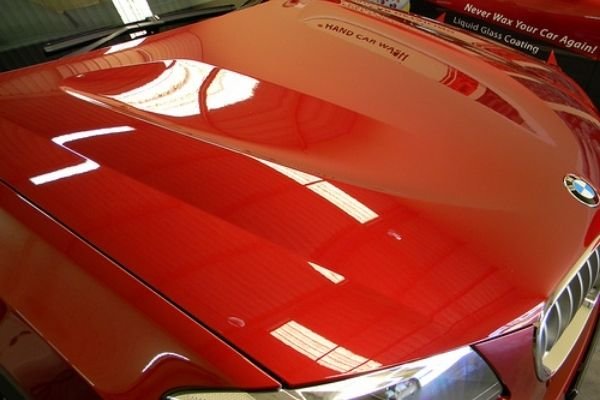
Whereas the structural arrangements of both coatings differ, they have pretty more similarities than differences. The composition of glass and ceramic coatings is the same. Both coatings are good at their job, protecting your car from the elements. They use nanotechnology to attach to the surface, generating a highly durable and protective covering. Both coatings protect the paint and surfaces of your car from harsh environmental conditions. And because the bad boys stick to your paintwork, they can’t be washed away like normal dirt.
Is Glass Coating better than Ceramic Coating?
Ceramic coating and glass coating both use nanotechnologies to provide a durable layer of protection and keep your car’s sheen. Glass coating has the same durability as ceramic but provides the surface with a glossy sheen. In terms of disadvantages, glass coatings are more expensive than ceramic coatings, and their impact can readily wear off despite maintenance. The ceramic covering, on the other hand, is hydrophobic.
Which Car Coating Is the Best Option?
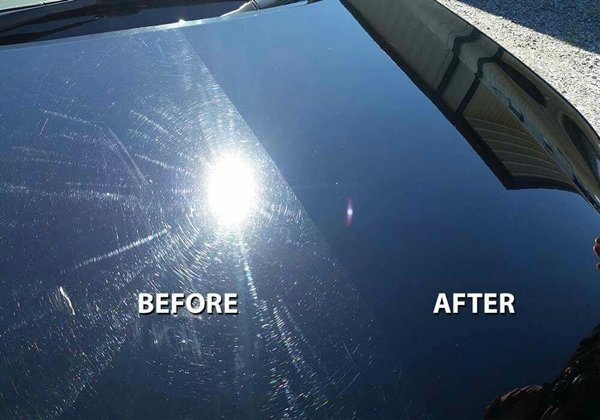
So, there are a lot of parameters to evaluate them on. Both choices are effective for protecting the car’s exterior surface. However, these solutions have various characteristics, and which one is best depends on your needs. For a variety of reasons, ceramic coating is the recommended method of vehicle paint protection. One of them is the cost. Ceramic coatings are far less expensive than glass. Glass coating imparts a glossy and shiny appearance to the surface and is expensive, as well as requires constant upkeep. The application of glass coating takes time, and the car owner must wait a long time to view the finished result. At the end, it depends on the preference of the users. If you need help with glass and ceramic coating, you should contact professionals.
Is it possible to remove a ceramic automobile coating?
Because ceramic coating is a physical layer, polishing is the only way to completely remove it and reveal the clear coat beneath. Machine polishing is the only way to remove ceramic coatings. Applying a polishing to the ceramic coating would merely remove this protective layer, leaving the car exposed clear coat due to its healing characteristics.
How much does coating cost?
The price of the coating depends on the size of the car and the treatment package you choose. The cost of a car’s ceramic coating starts at 18,000 rupees and can go up to 35,000 rupees.





